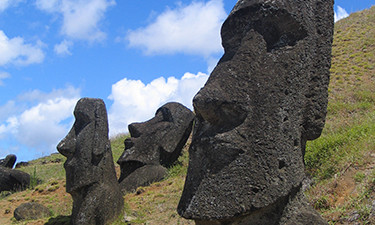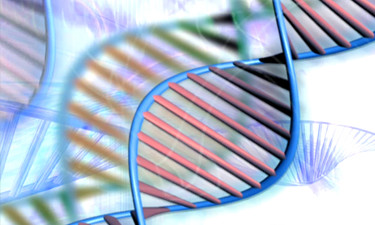We tend to think of learning as the kind of thing that people do, but all life learns – from fungi to firefighters, from single-celled organisms to civilizations. While the origins and mechanisms of the learning processes vary, all species are engaged in the process of adjusting their capacities to better meet the demands of their environment – and that’s what learning is: the process of developing, testing, modifying and extending one’s capacities through engagement with the environment. Learning is essentially adaptation. When you learn, you change something: a perception, belief, skill, threshold, capacity, value, understanding – something shifts.
Learning is the process of developing, testing, modifying and extending one’s capacities through engagement with the environment. Learning is adaptation.
The word ‘adapt’ comes from a Latin word that means to fit. What are you fitting? Capacities to context. Learning can’t be separated from the physical, psycho-social and symbolic environments with which we engage. These environments shape and direct our learning – we engage in the process of adaptation or learning in order to more effectively manage the changing field of threats and opportunities that exist within each of those environments.
Every species is engaged in the process of matching its powers and operating capacities to the survival requirements of a particular niche or habitat. For some organisms, learning happens only at the species level, but it’s still the same basic process: matching capacities to context. Viruses, for example, learn at an amazing rate. They don’t do it at the individual level, of course – the capacities of an individual virus come pre-programmed and can’t be changed by that particular organism. But at the species level, their capacities are remarkably dynamic. In fact, the HIV virus is so good at adapting to new threats and opportunities that the treatment protocol involves a cocktail of anti-retroviral drugs. The barriers presented by a single drug are too easily overcome by this quickly-replicating species, so we have to use three or four drugs in combination. And even then, we can’t eradicate the virus; we can only suppress it. So far, the learning capacity of the HIV virus outstrips our own.
The HIV virus adapts to manage the threat of anti-retroviral agents – and as long as that species’ learning or adaptation equips it to deal with the most important threats and opportunities that life brings, it will continue to thrive and survive. Humans are involved in the very same process – except that we have a huge advantage over other life forms because we can produce change through culture and not simply through genetic evolution. If genetic evolution were our only form of learning, humans would likely have gone the way of the dodo bird – unlike the HIV virus, our capacity for genetic evolution is terribly slow; it takes thousands of years to respond to the demands of a particular niche through genetic or physical evolution. Culture gives us the capacity to respond to threats and opportunities with remarkable speed: we have the potential to customize our powers and capacities in real time. So if we want to understand how to shape our learning in adaptive ways, we need to understand and assess culture.
In this video, Elizabeth Dozois speaks about the most significant challenges we’re facing as a species and what is needed to course-correct (Human Venture Leadership alumni retreat 2014).



